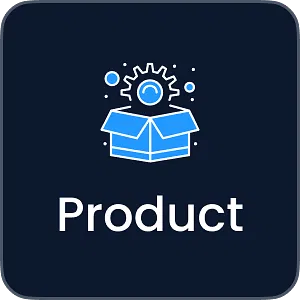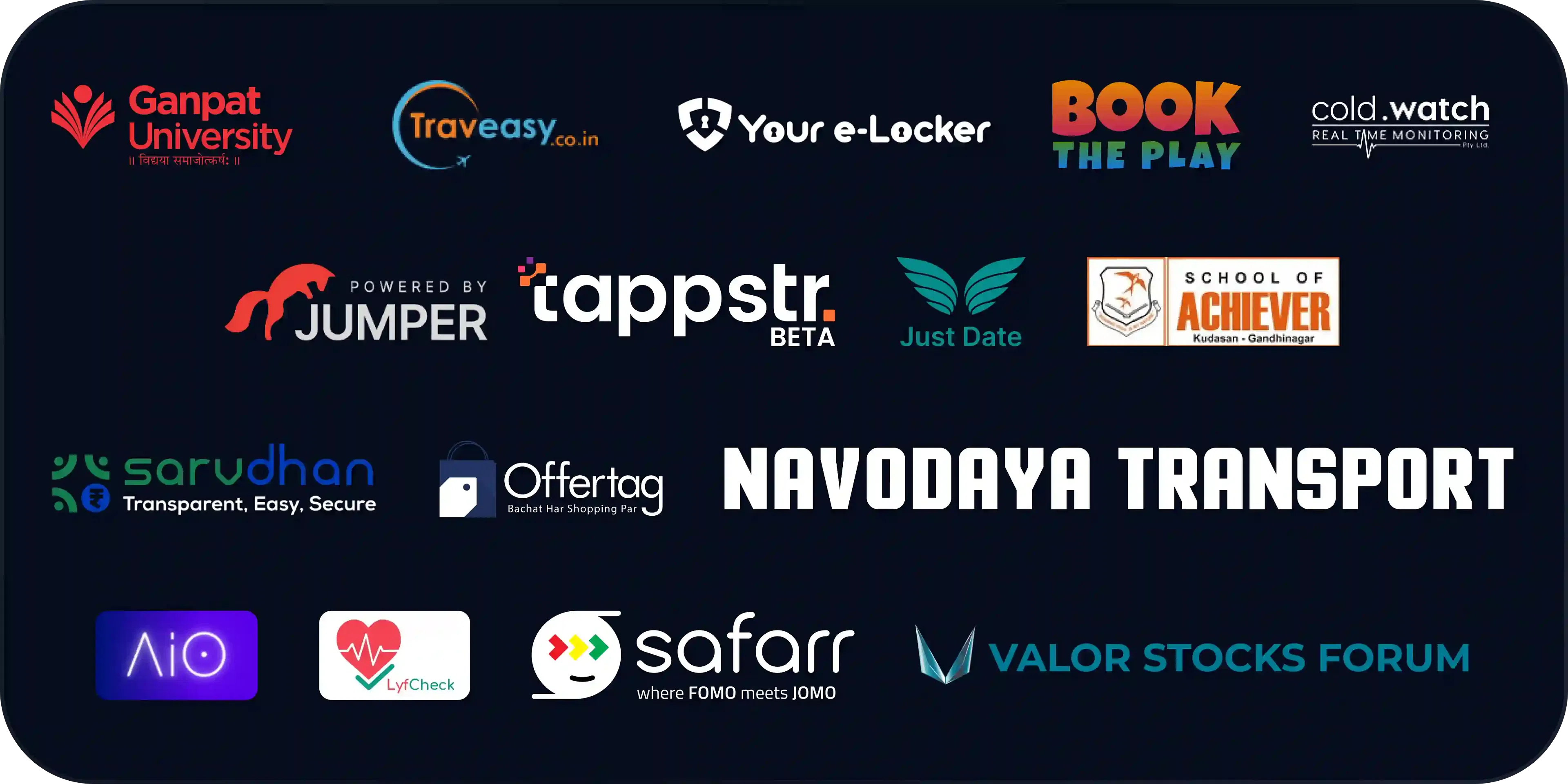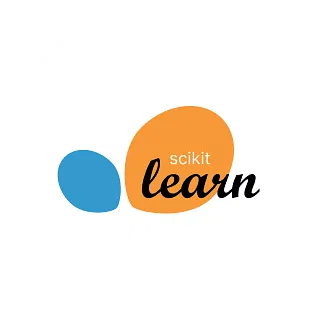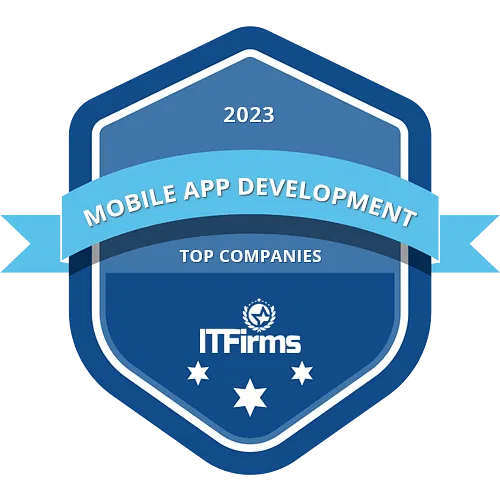AI ML Solutions, Automation Services, Web & Mobile App Development Solutions, Software Development Services






AI ML services
Driving The Next Generation Of
Smart AI Solutions
Our full-spectrum AI ML services empower your business to stay ahead in tech landscape.
Synergizing Industry Needs
Bespoke AI Solutions
Designed For Diverse Industries
Our dedicated team of trained AI specialists ensures that businesses worldwide across every industry receive tailored AI solutions.
Why Webelight Solutions?
Making Impossible Achievable
with Cutting-Edge AI Capabilities
We blend AI expertise with your business insight by leveraging advanced AI solutions & a decade of experience in AI/ML strategies.
What you can expect from us
Access our expert team with 10+ years of AI-driven startup and product success.
Tailored AI-powered product development plans aligned with your business goals.
Cutting-edge Next-Gen AI solutions and digital expertise to drive your project forward.
AI-powered scalable solutions that grow with your business, adapting to new needs.
Continuous support & clear communication to keep you engaged at every step.



What we expect from you
A well-defined idea of your business goals, objectives, and desired outcomes.
Active collaboration throughout the project, with AI-driven insights and feedback.
Regular updates & transparent communication to ensure alignment address concerns.
Timely access to resources, including information, materials, and decision-makers.
Confidence in our AI expertise and flexibility to adapt to strategic recommendations.
Our Company Overview
Global

10+
Years of Experience

25+
Countries Served

110+
AI Specialists

500+
Products Delivered


The AI Innovation Engine
Our Latest
AI Technology Stack






Testimonials
Empowering our clients' success with
cutting-edge AI Solutions
Highly technical, dedicated, and truly goes above and beyond to meet client needs.
We have been working with Jayesh, Yash, and Miraj since the inception of Webelight, and I must say, this trio is exceptional. Their commitment to delivering the best solutions is evident in every project they handle. The team is highly technical, dedicated, and truly goes above and beyond to meet client needs. We wish Webelight continued success and growth in the years to come!
Zeel Patel
Head IT, School of Achiever
They responded fast, communicated well, and were committed to delivering high-quality work
The scope of work included UI/UX design, front-end and back-end development, API integration, cross-platform compatibility (iOS and Android), performance optimization, bug fixing, testing, and final deployment. Regular updates were provided throughout the development process to ensure alignment with project goals.They responded fast, communicated well, and were committed to delivering high-quality work, which made the experience great.
Ilzira AS
Strategy & Development Director, AdamSea
Awards & Accolades
AI Solutions Recognized for Brilliance
Acclaimed By Industry Trailblazers
We deliver Next-gen AI Solutions with Smart AI technology earning accolades & recognition from industry leaders.

Clutch
Top Artificial Intelligence Company

FirmsTalk
Top Artificial Intelligence Company

TopDevelopers
Top Ecommerce Developers

ITFirms
Mobile App Development company

SelectedFirms
Top Mobile App Development Company

DesignRush
Verified Agency

BusinessFirms
Verified Agency

SoftwareSuggest
Highly Recommended

Clutch
Champion

GoodFirms
Client Rating 4.89

Clutch
Top Artificial Intelligence Company

FirmsTalk
Top Artificial Intelligence Company

TopDevelopers
Top Ecommerce Developers

ITFirms
Mobile App Development company

SelectedFirms
Top Mobile App Development Company

DesignRush
Verified Agency

BusinessFirms
Verified Agency

SoftwareSuggest
Highly Recommended

Clutch
Champion
Loading blog posts...
FAQs
Common Questions
We've compiled a list of frequently asked questions with clear and concise answers.





















